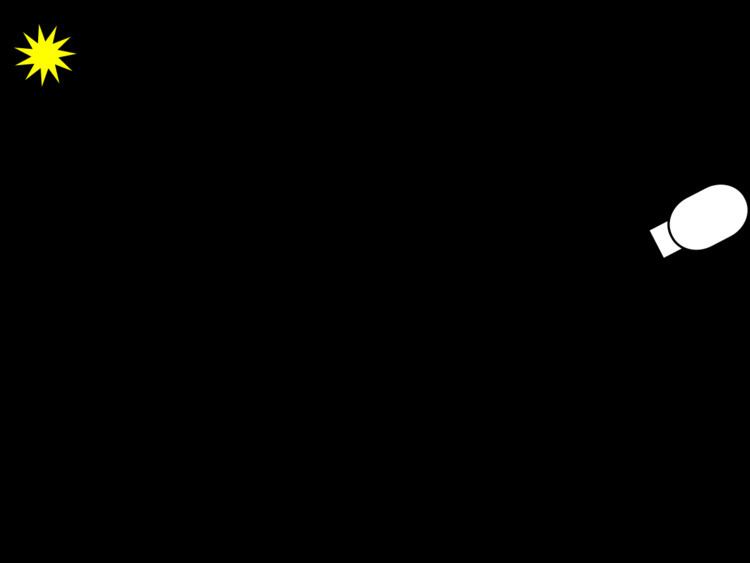 | ||
The bidirectional reflectance distribution function (BRDF;
Contents
Definition
The BRDF was first defined by Fred Nicodemus around 1965. The definition is:
where
The reason the function is defined as a quotient of two differentials and not directly as a quotient between the undifferentiated quantities, is because other irradiating light than
Related functions
The Spatially Varying Bidirectional Reflectance Distribution Function (SVBRDF) is a 6-dimensional function,
The Bidirectional Texture Function (BTF) is appropriate for modeling non-flat surfaces, and has the same parameterization as the SVBRDF; however in contrast, the BTF includes non-local scattering effects like shadowing, masking, interreflections or subsurface scattering. The functions defined by the BTF at each point on the surface are thus called Apparent BRDFs.
The Bidirectional Surface Scattering Reflectance Distribution Function (BSSRDF), is a further generalized 8-dimensional function
In all these cases, the dependence on the wavelength of light has been ignored and binned into RGB channels. In reality, the BRDF is wavelength dependent, and to account for effects such as iridescence or luminescence the dependence on wavelength must be made explicit:
Physically based BRDFs
Physically realistic BRDFs have additional properties, including,
Applications
The BRDF is a fundamental radiometric concept, and accordingly is used in computer graphics for photorealistic rendering of synthetic scenes (see the rendering equation), as well as in computer vision for many inverse problems such as object recognition. BRDF has also been used for modeling low concentration solar photovoltaic systems.
Models
BRDFs can be measured directly from real objects using calibrated cameras and lightsources; however, many phenomenological and analytic models have been proposed including the Lambertian reflectance model frequently assumed in computer graphics. Some useful features of recent models include:
W. Matusik et al. found that interpolating between measured samples produced realistic results and was easy to understand.
Some examples
Acquisition
Traditionally, BRDF measurements were taken for one specific lighting and viewing direction at a time using gonioreflectometers. Unfortunately, using such a device to densely measure the BRDF is very time consuming. One of the first improvements on these techniques used a half-silvered mirror and a digital camera to take many BRDF samples of a planar target at once. Since this work, many researchers have developed other devices for efficiently acquiring BRDFs from real world samples, and it remains an active area of research.
There is an alternative way to measure BRDF based on HDR images. The standard algorithm is to measure the BRDF point cloud from images and optimize it by one of the BRDF models.
